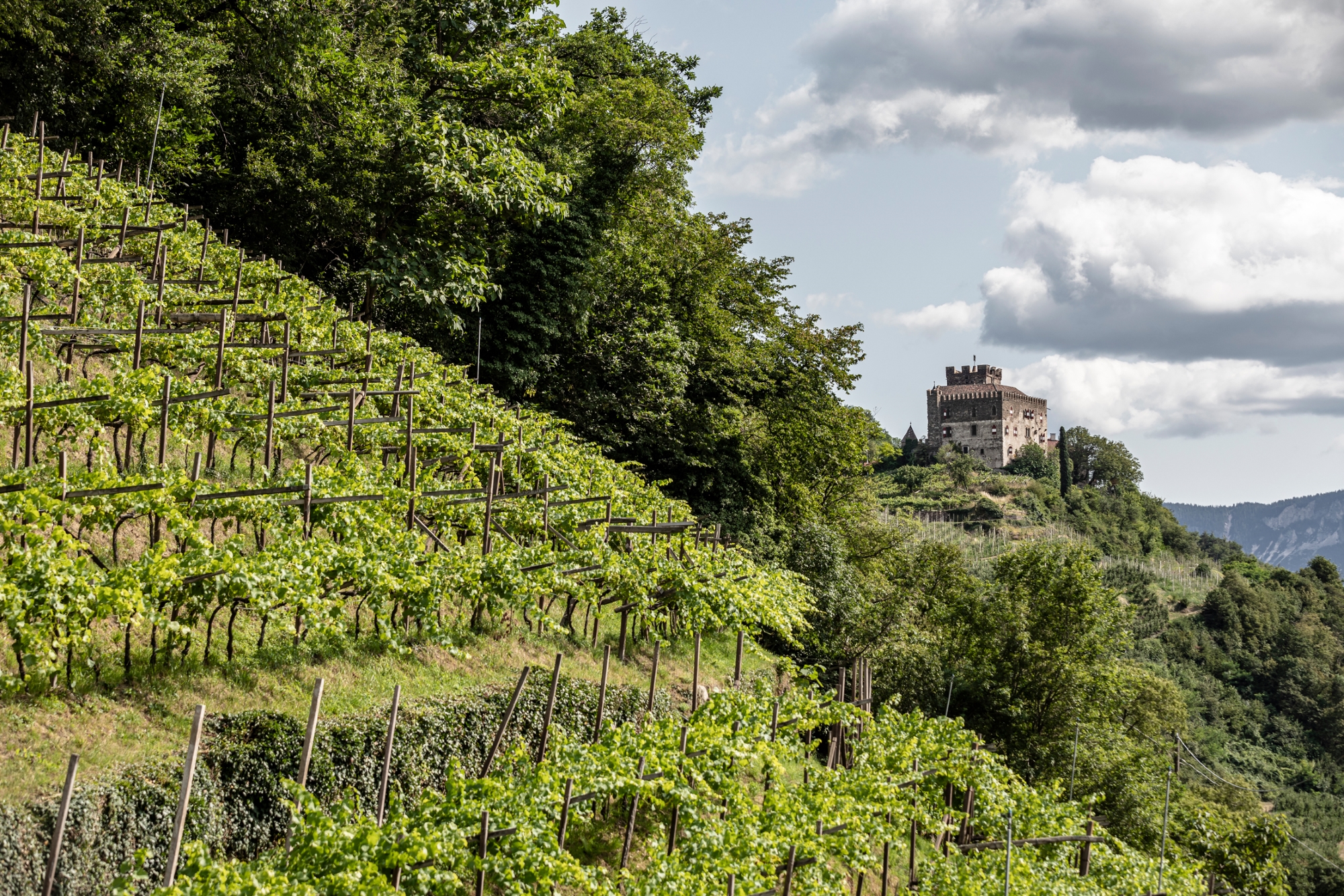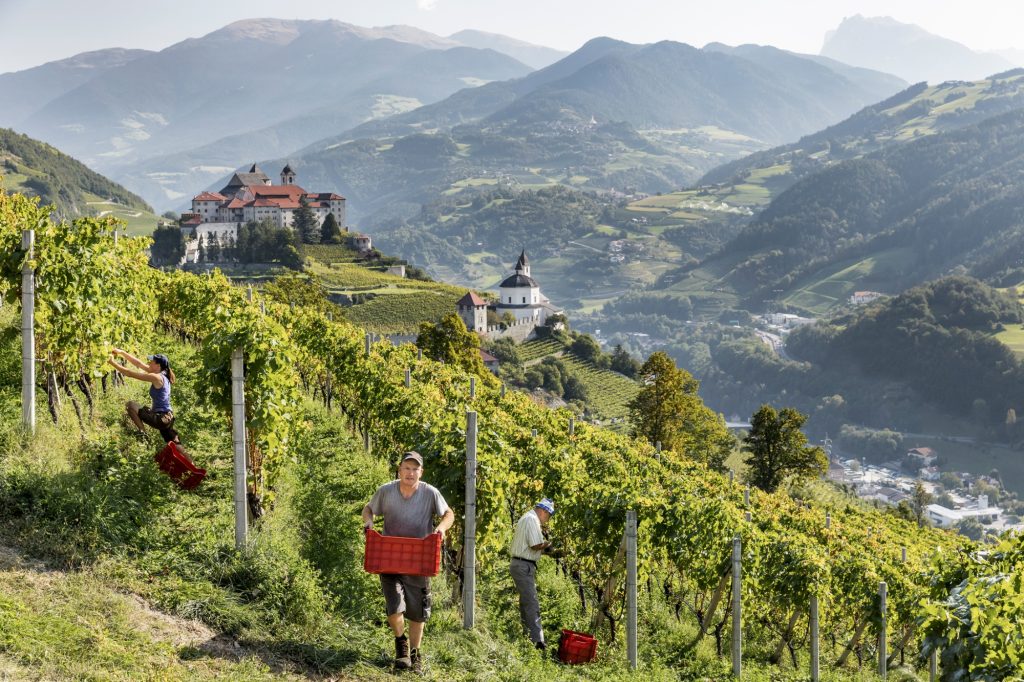Filippo Magnani explores the grapes varieties, wines, people, culture and valleys of the Dolomites as he attends the third edition of the Wine Summit, organized by Consorzio Alto Adige Wines.
Wine Summit is an extraordinary event which, through the masterful organization of Consorzio Alto Adige Wines, recounts the stories and people behind the wine of this magnificent wine region.
Alto Adige is a jubilation of diversity, and its ‘contrasts’ are the main theme of the occasion. For the third consecutive year, the consortium succeeded in bringing enthusiasts and professionals closer to this wonderful and extreme territory that’s nestled among the mountains. This year, a total of 80 producers presented around 260 wines. Even if it is a small portion compared to the entire wine production of the region, the Consorzio Vini Alto Adige was able to give, once again, a clear idea of the enormous potential of Alto Adige, with days spent in close contact with producers who keep up their precious traditions, combining them with innovations. It is a unique experience with old vintages and vertical tastings combined with culinary experiences inside ancient castles. A mix of stories and tales told directly from those who heroically, every day, take care of this absolutely incredible place.
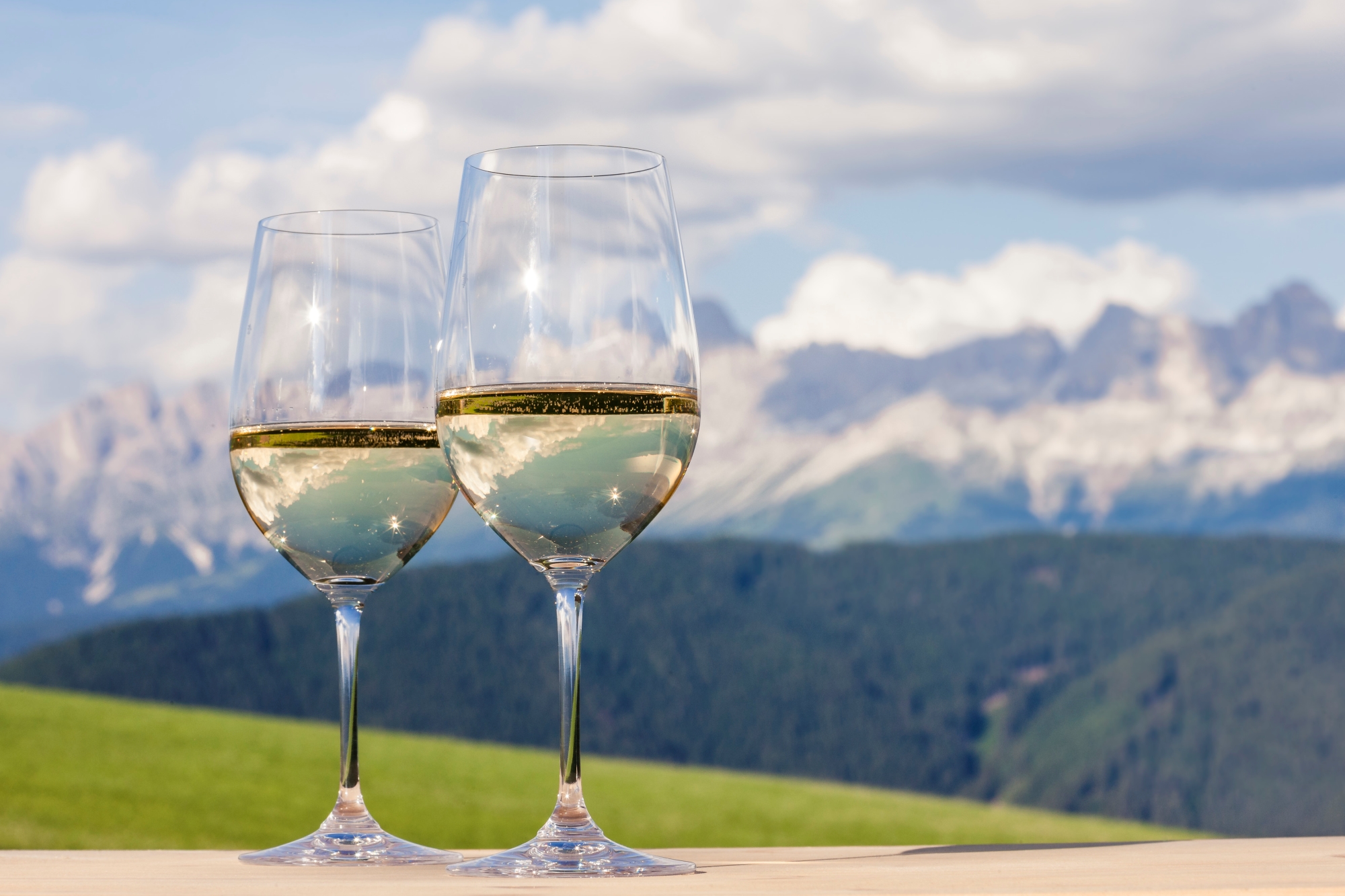
Alto Adige is one of the smallest wine-growing areas in Italy which, with its 5,600 hectares (13,137acres), is one of the wildest and most fascinating wine-growing areas in the country. It is the northernmost wine area of the boot of Italy. One of the main and historically coveted access gates by land to Italy, located at the border with Austria, this territory is an extreme land, a cradle of cultures and certainly provides precious testimony to the incredible biodiversity that characterizes the Italian regions.
The theme of ‘contrast’ at the Wine Summit Event 2021, perfectly sums up the soul of this area. The vineyards are distributed in a Y-shape at an altitude ranging from 200 metres (650 feet) above sea level up to a maximum of 1,000 metres (3,300 feet). An infinite variety of morphologies, microclimates and landscapes coexist in this area.
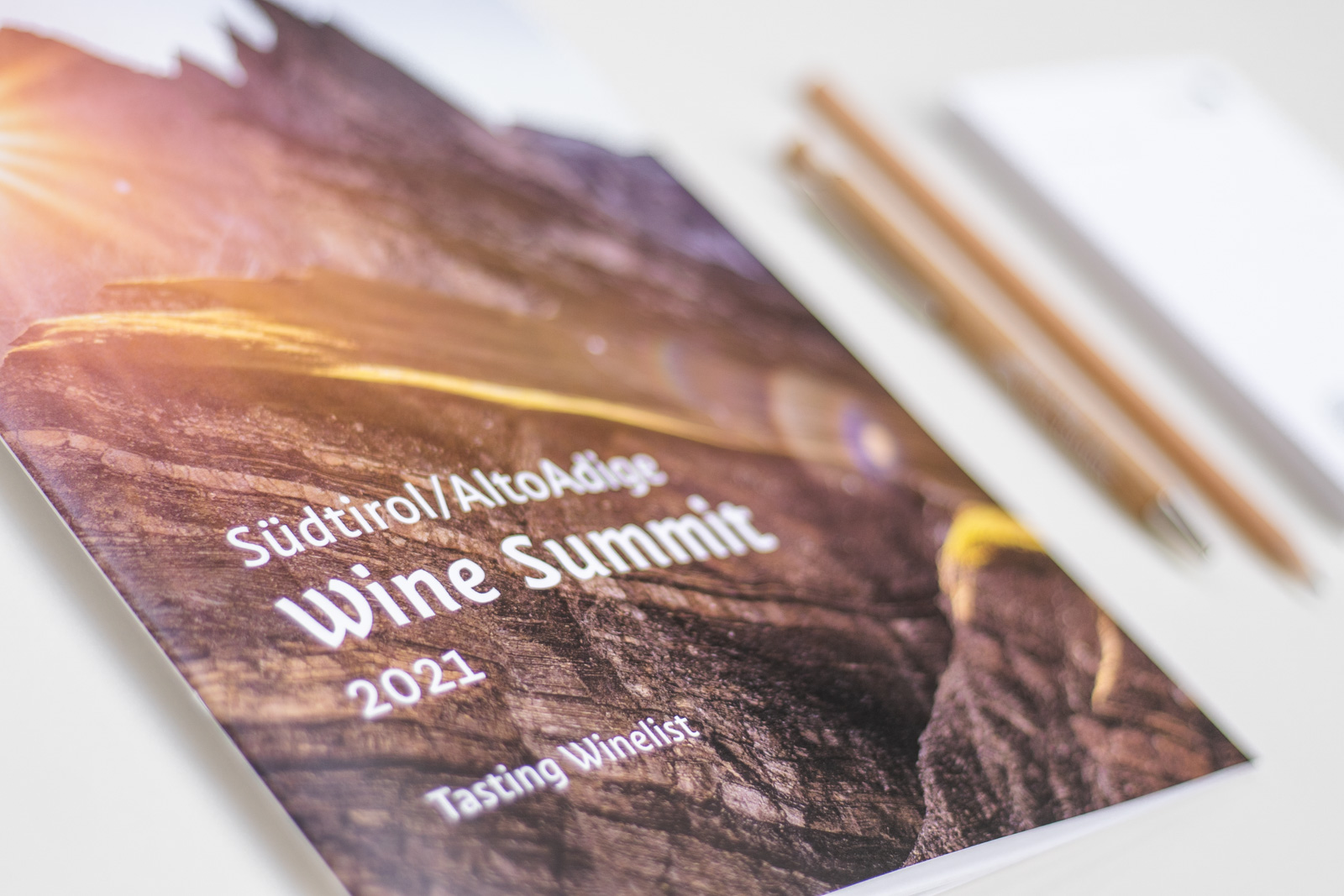
The great diversity of soil, climate and the imperviousness of the vineyards’ locations, with a vast range of elevations, make Alto Adige a fascinating and continuous challenge between nature and the wine producers. The potential is endless, and it is interesting to understand how each of them interpret the terroir.
The Alps act as a shield against the cold air that comes from Northern Europe; the region is then open to the south allowing the gentle Mediterranean breezes to create a balanced climate. The air flows through the vineyards, providing not only mild temperatures and substantial rain, but also a dry climate. These conditions are particularly suited for the production of distinctive wines, rich in character and unique in their peculiarities.
The climate ranges from alpine conditions, fresh and characterized by important thermal diversions, such as the Valle Isarco and the Val Venosta; to sun-kissed valleys and milder Mediterranean climates influenced by the presence of the Lakes, such as in the Bolzano area, the Oltradige and the lower Atesina.
Despite the small size of the wine growing area of Alto Adige, the possibilities in the selection of the grape varieties are endless. The biodiversity allows the cultivation of a unique range of indigenous and international grape varieties. Here, the attention to detail is fundamental; there are about 150 different types of rock, whereby the composition of the soil changes within a few metres.
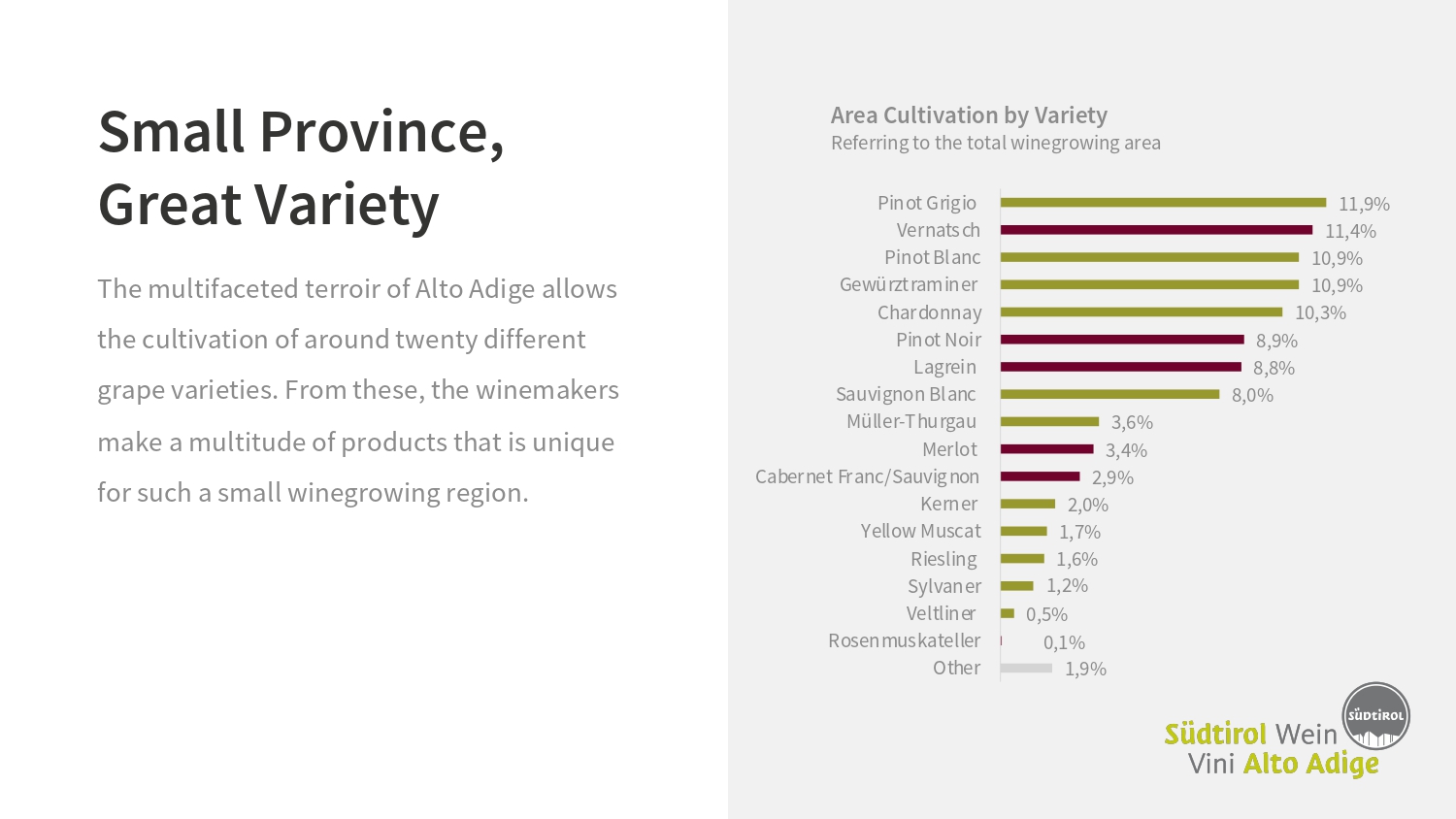
The last few decades have marked a sea change in the level of wine production. In the past, this area was mainly linked to two native grape varieties: Schiava and Lagrain (both red), while today about 20 different varieties are grown in Alto Adige. The air of change has been well received by the altoatesini winemakers, who, with conviction and passion, have revolutionised their perception of wine quality, while still maintaining a strong link with the past.
Schiava is still the second most planted grape variety but today white wine accounts for 64% of production, with red now making up 36% of the total. Tradition and innovation have combined to illuminate a region that is difficult to explain just with words. In 1971, the DOC classification was introduced and today more than 98% of the viticultural surface has this certification. Today, this is a land of varieties such as Pinot Blanc, Sauvignon Blanc, Gewürztraminer, Pinot Grigio, Riesling, Sylvaner, Veltliner, Müller Thurgau, Kerner, Schiava, Pinot Noir and Lagrein. They are recognized for great white wines, but also for red and sparkling wines. Elegant winemaking characterized by exuberant freshness via the vibrant acidity is the key factor in the longevity of the wines.
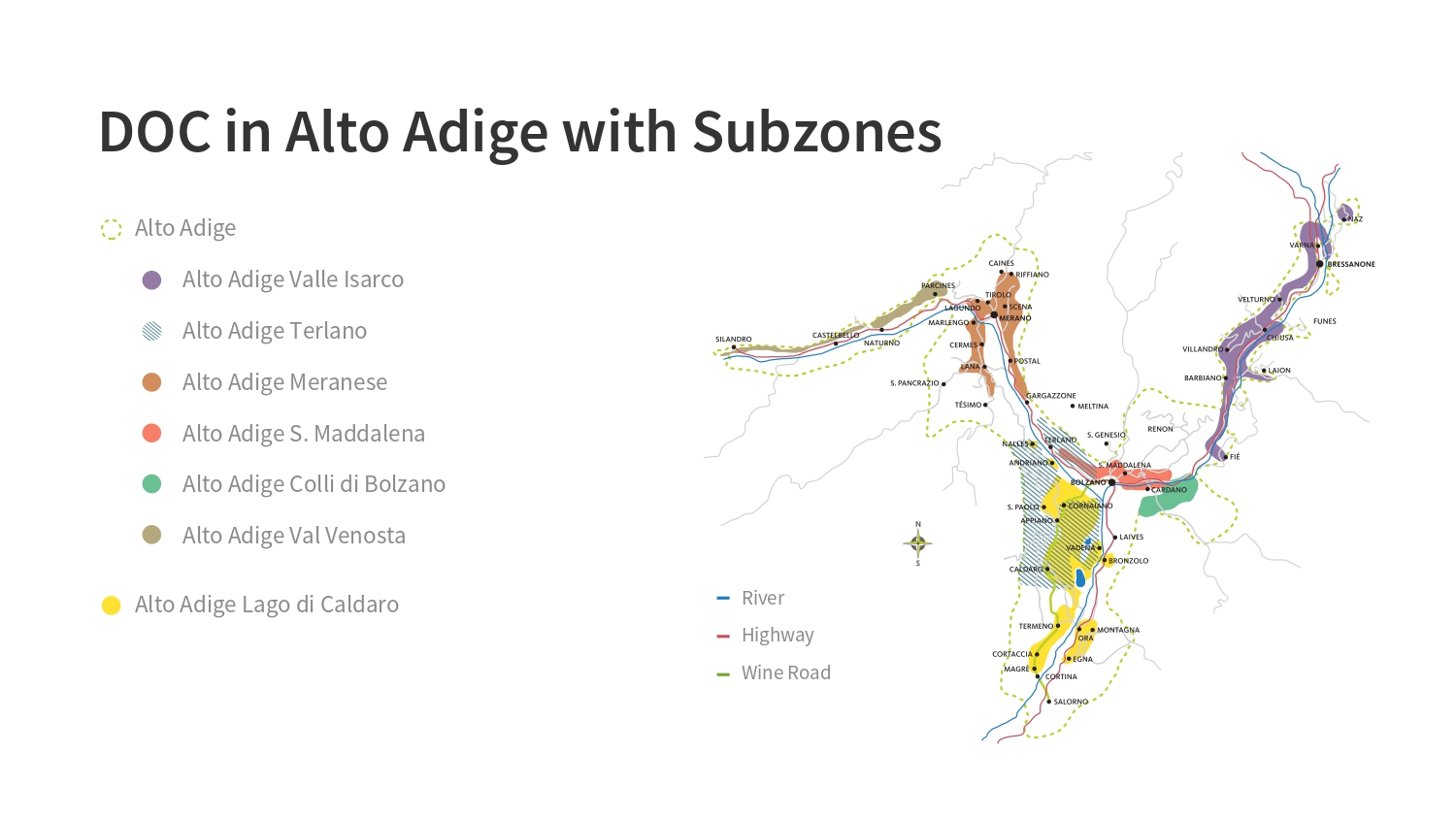
Seven distinct growing sub-regions in Alto Adige
– Alto Adige Valle dell’Isarco (Eisaktal): About 80km long, this is a valley crossed by the river of the same name. It produces mountain wines, mainly whites, that are elegant and bold. The grape varieties permitted by the regulations are Sylvaner, Veltliner, Pinot Grigio, Müller Thurgau, Kerner, Gewürztraminer and Riesling.
– Alto Adige Santa Maddalena: Located north of Bolzano, it is an area dedicated to Schiava, a historic indigenous grape variety. The wines from the vineyards of the villages of Santa Maddalena may be labelled as ‘Classico – Klassisch’.
– Alto Adige Terlano: An area of white wines. The two main varieties are Pinot Grigio and Chardonnay, which by regulation must contribute to at least 50% of the blend.
– Alto Adige Meranese: Production area of Schiava, the regulation allows the addition of a maximum of 15% of complementary grapes. This sub-zone is located around the town of Merano.
– Alto Adige Val Venosta: This DOC is located to the northeast of the region, it allows the production of wines based on Pinot Blanc, Chardonnay, Pinot Grigio, Müller Thurgau, Riesling, Kerner, Sauvignon Blanc, Gewürztraminer, Schiava and Pinot Noir, with the obligation to indicate the varieties used in the blend on the label.
– Alto Adige Colli di Bolzano: This DOC is dedicated to Schiava, the production area surrounds the DOC Santa Maddalena.
– Alto Adige Lake Kaltern (Lake Kaltern): The largest natural lake in Alto Adige, which exerts a great influence on the wine from this area. This breathtaking place is the home of Schiava. The wine produced in this area is labelled as ‘Classico-klassisch’ and the designation Alto Adige may be used. The DOC includes the villages of Caldaro, Appiano, Termeno, Cortaccia, Vadena, Egna, Montagna, Ora and Branzollo. High quality wines are sometimes labelled ‘Superiore’.
The heterogeneous features of the area are combined with those of culture, with excellence coming from ancient traditions and the hard work of 5,000 winegrowers. It is a territory united by a great love of the land, with the wines produced coming from private estates, micro wineries and cooperatives. These cooperatives are aggregations of small growers who deliver their grapes each year. Even if these Cantine sociali used to be linked to massive output, it is important to underline that these big entities, in recent decades, have always aimed high, trying to speak for their land and reaching results of great quality.
Alto Adige DOC is the smallest appellation in Italy, but probably one of the most complex. The necessity to transmit a better knowledge of this hidden region has oriented the consortium towards more detailed zoning and soil mapping to enhance the characteristics of each individual area. The new zoning scheme is still awaiting confirmation. However, it could be an important step for this wine district, whereby marking the path to follow in the future.
